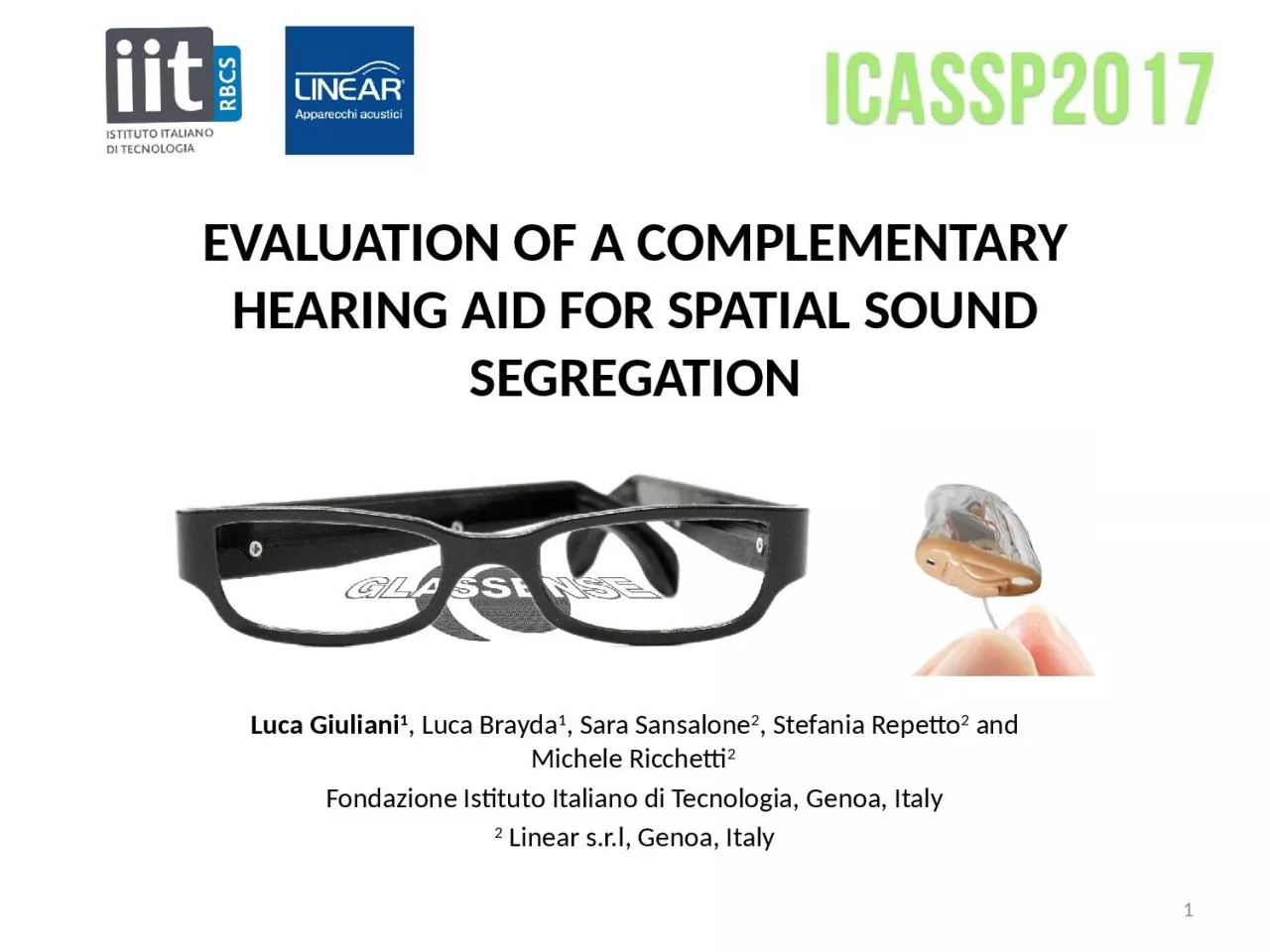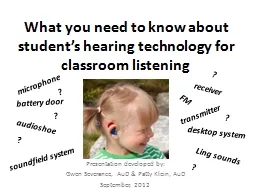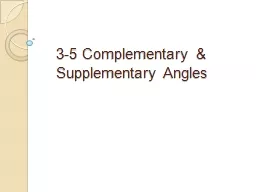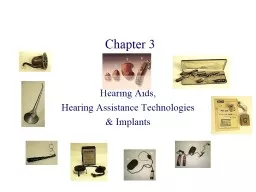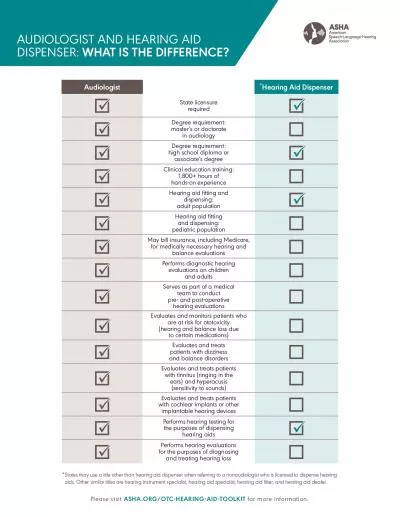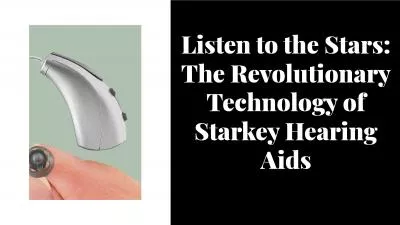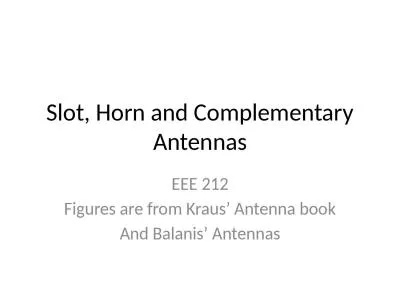PPT-EVALUATION OF A COMPLEMENTARY HEARING AID FOR SPATIAL SOUND
Author : kylie | Published Date : 2024-01-13
SEGREGATION Luca Giuliani 1 Luca Brayda 1 Sara Sansalone 2 Stefania Repetto 2 and Michele Ricchetti 2 Fondazione Istituto Italiano di Tecnologia Genoa
Presentation Embed Code
Download Presentation
Download Presentation The PPT/PDF document "EVALUATION OF A COMPLEMENTARY HEARING AI..." is the property of its rightful owner. Permission is granted to download and print the materials on this website for personal, non-commercial use only, and to display it on your personal computer provided you do not modify the materials and that you retain all copyright notices contained in the materials. By downloading content from our website, you accept the terms of this agreement.
EVALUATION OF A COMPLEMENTARY HEARING AID FOR SPATIAL SOUND: Transcript
Download Rules Of Document
"EVALUATION OF A COMPLEMENTARY HEARING AID FOR SPATIAL SOUND"The content belongs to its owner. You may download and print it for personal use, without modification, and keep all copyright notices. By downloading, you agree to these terms.
Related Documents

